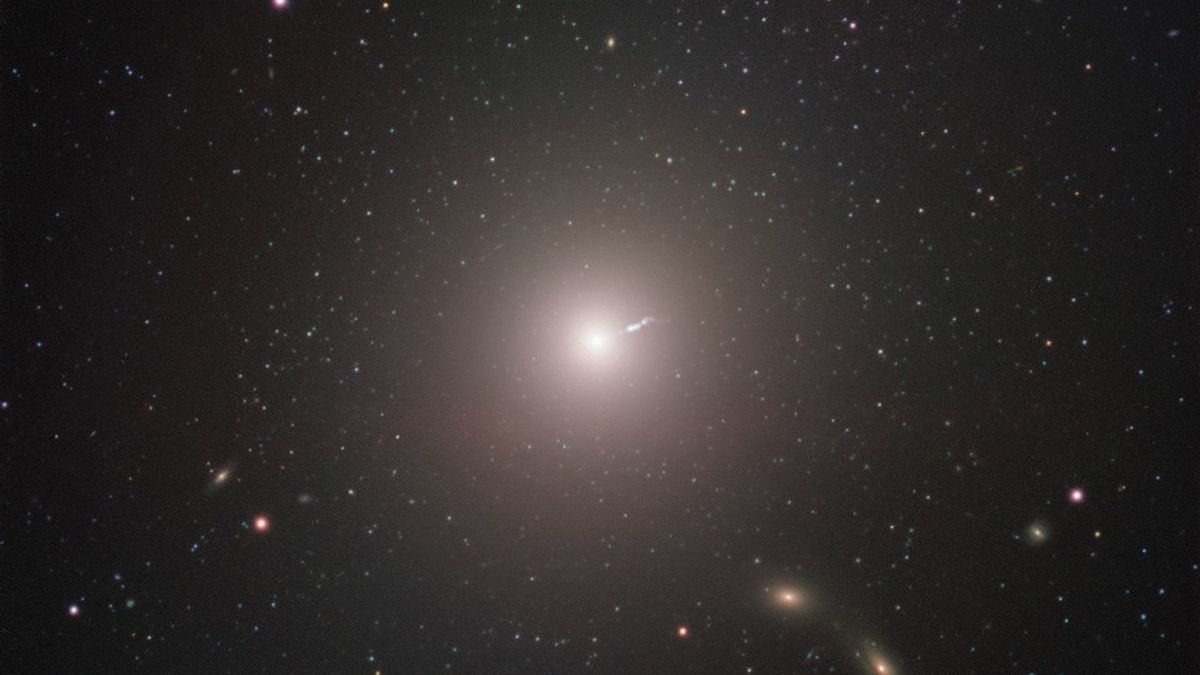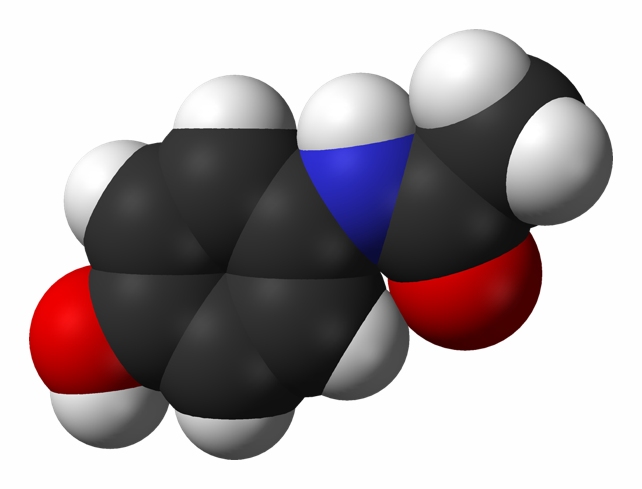On September 5, 2022, NASA’s Parker Solar Probe flew through a coronal mass ejection (CME) from the sun, capturing the event with its Wide-field Imager for Solar Probe (WISPR) instrument.
NASA’s Parker Solar Probe has achieved a major feat by becoming the first spacecraft to fly through a powerful eruption of plasma called a coronal mass ejection.
This spacecraft, which is the closest to the sun and was launched in August 2018, spent two days inside a CME while traveling just 5.7 million miles (9.2 million kilometers) away from the sun’s surface.
To put things in perspective, the planet Mercury, which is the closest to the sun in our solar system, is about 23 million miles (37 million kilometers) away, and Earth is a staggering 93 million miles (150 million kilometers) distant.
A recent study published in The Astrophysical Journal revealed that Parker Solar Probe passed through the CME on September 22, 2022, crossing the leading edge’s wake, also known as its shock wave.
The probe’s Wide-field Imager for Solar Probe (WISPR) instrument captured the historic moments, and the footage is available on YouTube.
Closest to the Sun
“This is the closest we’ve ever observed a CME to the sun,” said Nour Raouafi, a project scientist at the Johns Hopkins Applied Physics Laboratory (APL) in Laurel, Maryland, where the Parker Solar Probe project is based. “We’ve never seen an event of this magnitude at such a short distance.”
Coronal mass ejections (CMEs) are massive expulsions of plasma and magnetic field from the sun that often occur after solar flares. Both CMEs and solar flares originate from the twisting and realignment of the sun’s magnetic field.
When directed towards Earth, a CME can cause a geomagnetic storm, altering our planet’s magnetic field and resulting in breathtaking auroras. However, intense CMEs can also damage satellites, disrupt communication systems, and even lead to widespread power outages.
And that’s exactly what Parker Solar Probe experienced.
Geomagnetic storms caused by CMEs and solar flares are responsible for phenomena like the Northern Lights, as shown in this image taken above Iceland.
A Near-Miss for Earth
During the event, the Parker probe detected particles accelerating at a speed of 840 miles (1,350 kilometers) per second, comparable to the most powerful solar storm ever recorded, known as the Carrington Event. In 1859, British astronomer Richard Carrington witnessed a burst of white light from the sun that lasted about five minutes. The ensuing flare and CME caused a geomagnetic storm, resulting in stunning auroral displays worldwide.
Fortunately, the CME that Parker Solar Probe flew through was on the far side of the sun and not directed towards Earth.
It is estimated that a solar storm today of the same magnitude as the Carrington Event could result in economic losses of over $41.5 billion per day in the United States alone due to our reliance on technology. “The potential damage from large and very fast CMEs like this can be enormous,” said Raouafi.
This news coincides with NASA’s upcoming Heliophysics Big Year, a celebration of solar science and the sun’s impact on Earth and the rest of the solar system. The event will kick off with an annular solar eclipse on October 14, 2022, which will pass through nine U.S. states, and will conclude with Parker Solar Probe’s closest approach to the sun in December 2024.
Wishing you clear skies and a sense of wonder as you gaze at the heavens.












